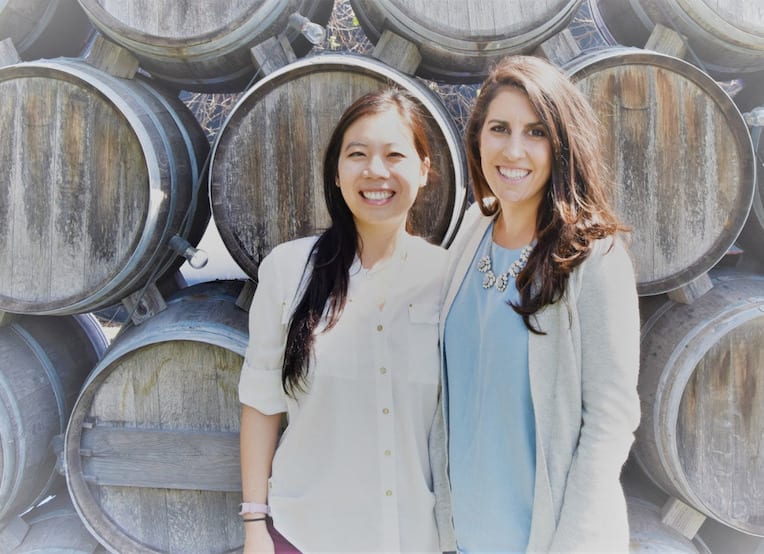
Startup Spotlight profiles startups founded by current Berkeley Haas students or recent alumni.
For Kim Long and Samantha Penabad, both MBA 18, launching a startup in a pandemic during the holiday season made perfect sense.
“We felt that this was something that people need right now,” Penabad said of their company GivingFund, which targets millennials who are new to philanthropy. “We’re focused on helping young professionals who want to give more strategically, especially during the pandemic, when there are outsized needs.”
“We felt that this was something that people need right now…especially during the pandemic, when there are outsized needs.” —Samantha Penabad
GivingFund allows those who are interested in giving back to deposit a percentage of their income that they can then donate to nonprofits based on their preferences. Because GivingFund users are typically new to philanthropy, there’s no minimum deposit amount required to start.
Doubling your impact
The signup process starts with a quiz, with questions designed for users to reflect on their preferences and goals in order to develop what Penabad describes as a “giving style.” After depositing funds, users can set up monthly or one-off donations to nonprofits, which are vetted by GivingFund to ensure that they are legitimate or 501(c)(3)s. Users can login to track donations, check their balances, and monitor their giving strategy.
GivingFund invests part of the money that customers hold in their accounts in local businesses and economic development projects. The interest paid from those investments helps support the company’s business model, and allows Penabad and Long to keep the services free to users.
Future versions of the platform will give users options to invest more money through CNote, their current investment provider, or directly in options like green bonds, Long said, “Ultimately, we want everyone to feel like they’re able to double their impact—first when their GivingFund is invested, and second when they donate to their nonprofit of choice.”
An interesting team
Penabad, who is a head of strategy and operations at Google, and Long, who works in data strategy at Boston-based Foundation Medicine, are an interesting team. A New Jersey native, Penabad has always been interested in philanthropy, starting her career as a nonprofit consultant and as a volunteer for Goodwill of Greater Washington. In that capacity, she built a board of 15 young professionals, who gathered to host events such as fashion shows aimed at recruiting more people to work for Goodwill.
Long grew up in France, where she wasn’t exposed to philanthropy. “The government takes care of people,” she said. “That was my experience. We don’t need to donate because someone is going to take care of us.” What drew her to the project was the technology. “This is a fintech project,” she said. “We’re really building a product that has impact.”
This is a fintech project. We’re really building a product that has impact. —Kim Long
While at Haas, the pair received grants from the Dean’s Startup Seed Fund and by winning their category at the annual UC-wide Big Ideas competition. In classes like Lean Launchpad, the founders interviewed scores of fellow millennials to try to figure out why they don’t donate more to causes they care about.
Long said her interviews with fellow millennials made her realize that she, too, was trying to figure out how to best donate money to worthy causes beyond the typical “GoFundMe one-off.” After graduating, the pair kept the idea for GivingFund alive, even while working full-time. They have tested the platform for the past year, asking classmates and friends to try it, and hosting online events in New York and San Francisco to answer questions and build the donor community.
An accountability tool
One early champion of GivingFund is Om Chitale, Penabad’s classmate who is now director of diversity admissions at Berkeley Haas. He said he plans to use the platform because it “meets us where we are.”
“GivingFund allows us to have a positive impact in a way that feels familiar: engaging with a central tool and system that helps us understand our goals, allocating our giving based on the different types of impact we want to have, and tracking it like we would other investments and budgets,” he said. “Plus, it’s an accountability tool to directly track if we’re putting our money where our mouths—and hearts—are.”